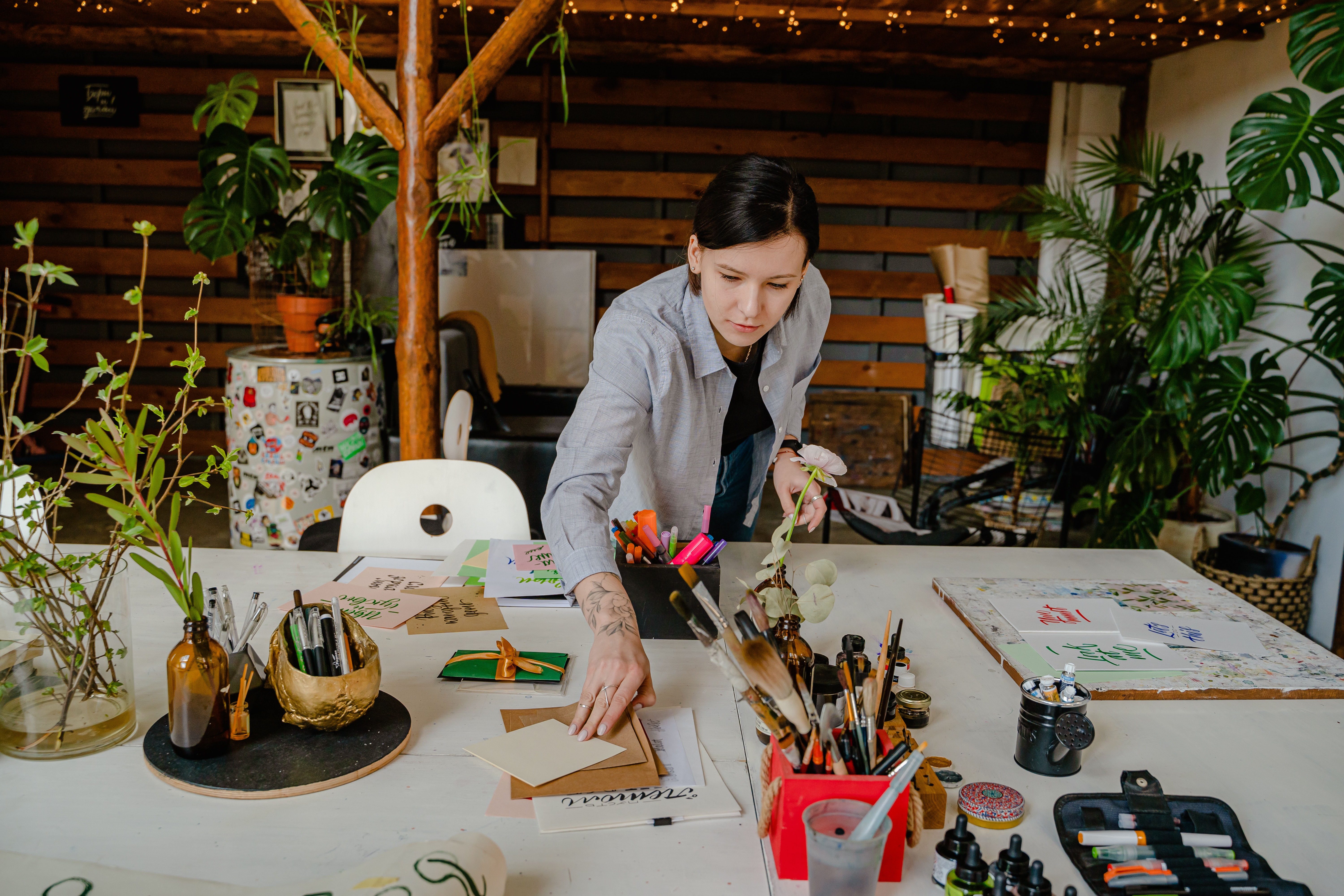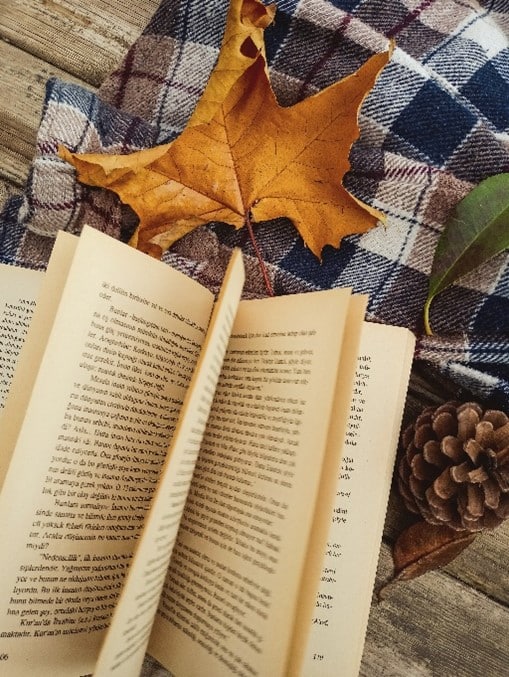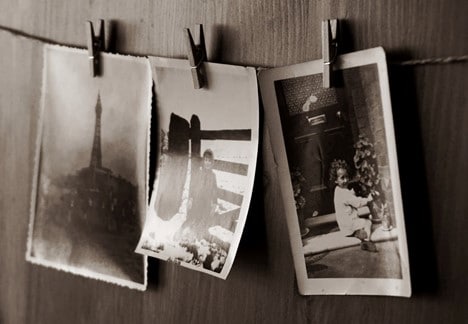
Every Picture Tells a Story: How to Find and Use Images for Your Nonfiction Book
EVERY PICTURE TELLS A STORY: HOW TO FIND AND USE IMAGES FOR YOUR NONFICTION BOOK
We’ve all heard the old adage, “A picture is worth a thousand words.” The origin of this phrase is widely credited to Frederick Barnard, an English illustrator and caricaturist who first used the term in the 1920s to describe the effectiveness of graphics in advertising.
Barnard couldn’t have foreseen the hypervisual world we live in today. Visual images are an immediate, compelling form of communication. And if you’re writing a nonfiction book, they’re especially important.
In our image-saturated world of social media, video, emojis, and unlimited visual stimulation, the images in your book need to stand out.
The Power of Images
Visual appeal is a large part of what attracts and holds readers’ attention.
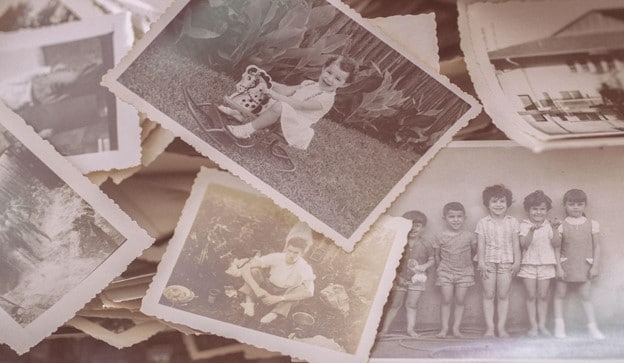
Think about the power a book cover has in attracting a reader to pick it up.
In the same way, the photos or images you choose are critical not only to help tell your story, but also to distinguish your book from the multitude of other titles competing for readers’ attention.
The images you choose support and enhance your book’s message and point of view. They add interest, clarity, and excitement. They help your book make a powerful impression.
The Image Curation Process
So, how do you find the right images for your book? First, you’ll decide on the types of images to include. You’ll begin sourcing images and choosing those you want to use. Then, if necessary, you’ll secure the rights and pay fees for any that have copyright or permissions requirements. Lastly, you’ll need to ensure the print quality meets the required standards before submitting them for publication.
If you’re working with a traditional publisher, you’ll probably collaborate with your publishing team or designer, or both, throughout this process. If you’re self-publishing, depending on the type of images you need, you may be able to do much of it yourself. You might also consider hiring a professional designer.
Deciding on Images for Your Book
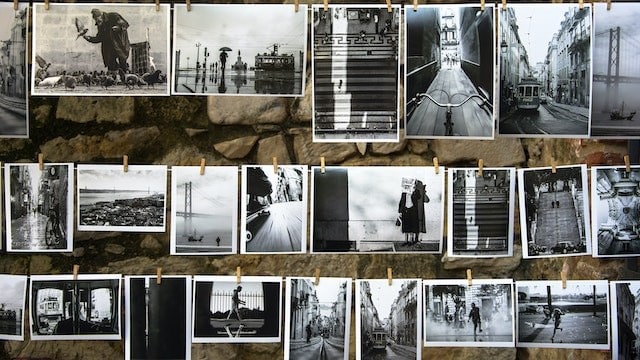
Image Types
The types of images you’ll want to include in your book depend on the story you’re telling. If it’s an autobiography or a family history, you’ll likely be using your own photographs. These can usually be scanned and digitized to achieve the required print quality for publishing.
If it’s another type of nonfiction, like a business or personal development book, for example, you’ll probably use more graphics and illustrations than photos. If you’re working with a traditional publisher, you’ll most likely be working within their guidelines and have the support of design professionals they provide.
If you’re self-publishing, you can certainly commission a designer, illustrator, or photographer to create original images for you. But with the abundance of online resources, you may well be able to find what you need for your book without the expense of hiring a professional.
If you aren’t using personal photos, it may take some time to find what you want to use. Begin looking at online sources (more on this below) for photos or illustrations. If you’re working with a graphics professional or illustrator, involve them in the planning process from the beginning.
It’s never too early to start identifying the images you want to use. You’ll want to start well in advance, not only to find photos, but also to allow time for the permissions process, if necessary.
Your images are as much a part of your story as the written words. Be thinking about how and where they’ll fit into your narrative as you’re beginning the writing process. It’s a good practice to keep a detailed file of the images you find with notes about their potential placement in the book.
How many?
The number of images you use depends entirely on your genre, your story, and the length of your book. Your publisher’s design team can help you curate your photos to be consistent with your book’s objectives and length and achieve overall visual consistency.
You’ll also want to review comparable books in your genre as a point of reference to see how they utilize photos and imagery.
Sourcing Your Images
Family and Personal Photos
If your book is a personal or family history, you can scan and digitize photos from your own collection.
Conducting a Google search will turn up dozens of articles on how to scan photos to achieve acceptable print quality with high resolution.

This article provides a good overview of options for digitizing and scanning. Experts recommend using a flatbed scanner for best results.
There are also professional scanning services that can help you ensure the quality of your scanned images meets requirements for publishing.
If you’re adept with tools like PhotoShop and Lightroom, you may also be able to do much of the photo editing yourself.
Public Domain Images
Finding good print-quality images that are free or low-cost has gotten substantially easier in recent years.
Public domain images are free of copyright restrictions, often because the copyright has expired. Images in the public domain can be used for any purpose, including commercial purposes, and
don’t require permission from a copyright standpoint. Many are free to use, but they may require a usage fee or a specific credit. Check the usage restrictions for each of your image sources.
Here’s are some good public domain sources:
- Wikimedia Commons
- The Wellcome Collection
- National Library of Medicine
- Library of Congress
- National Archives Museum
- New York Public Library Digital Collections
- J. Paul Getty Museum Open Content
- Flickr Commons
This article contains another comprehensive list of public domain sources for photos and images.
Paid Resources
Image houses and stock photo sites offer high quality, low-cost images for immediate use at a nominal fee. These include:
- Shutterstock.com
- Granger.com
- Mary Evans Prints Online
- Bridgeman Images
- Getty Images
- Istockphoto
- Fotosearch.com
A Note About Copyrights and Permissions
Permissions and copyright issues are a complex topic with legal implications. The laws and regulations can be confusing. Essentially, if you didn’t take the photo yourself, you need written permission from the copyright holder.
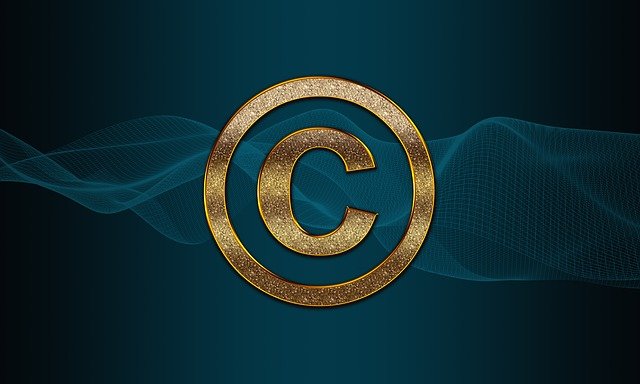
If there are images outside the public domain you want to use, you’ll want to thoroughly research the legal and fee requirements.
If the work was created in another country, additional rules and protections may apply.
In general, plan to allow at least a couple of months for permissions clearance and time to choose alternate photos if necessary.
It may take some time and effort to research and secure the necessary permissions for the images you want to use. But it’s well worth it to avoid the legal action that could result from inappropriate use of an image. Do your due diligence so you can publish with confidence. Depending on the complexity of your project, there are also professional photo researchers and permissions specialists who can provide skilled expert help with this.
Also, be aware that, with all public photo sources, there’s a possibility that other authors may have used the same photos.
Ensuring Print Quality
Contemporary readers expect to see sharp, clear images online and in books. The print quality of your images is a crucial factor in the overall visual appeal of your book.
For your book to meet publishers’ standards and readers’ expectations, the images you use must be of the highest print quality. You’ll need to ensure—ideally with the help of your publisher’s design team—that the images in your book meet the required specs and standards.
Use high resolution photos.
Experts recommend that photos have a minimum of 300 DPI for publication. DPI is a technical term that refers to dots per inch; a 300 DPI photo is considered high resolution and required by most publishers. Amazon Kindle Direct and IngramSpark, for example, two of the largest on-demand printers in the world, use a minimum of 300 DPI for all images that appear in their books.
This article offers a good comprehensive overview of photo scanning resolutions and file formats.
Your publisher’s art department can help you determine if your image quality is good enough for printing.
Know what to avoid.
Some image formats don’t reproduce well and should be avoided. These include:
- Images downloaded directly from the internet
- Color snapshots or Polaroids
- Newspaper or magazine clippings
- Very small originals (5×7 inches is the recommended minimum)
- Screen shots or frame grabs from video or DVD
- Photocopies or printouts of scans
What to Keep in Mind
The main issues to be aware of and factor into your photo curation process are permissions (if applicable), ensuring print quality, and image house costs or other usage fees. Depending on your method of publishing, you may want to consider hiring a professional designer, illustrator, photographer, or researcher/permissions expert.
Finally, start your image selection process well in advance to allow time for the various processes involved.
Final Thoughts
Choosing and curating the images for your nonfiction book is as much a part of writing your book as the writing itself. The images you choose help tell your story and give your book visual impact.
By starting well in advance, following best practices, and utilizing the wealth of resources and professional help available to you, you’ll ensure that your images enhance the power of your narrative.
Related Content
- 0 Comment
Subscribe to Newsletter
- How Can SharePoint Be Used To Organize and Disseminate SOPs?
- Planning the Perfect Genealogy Research Trip: A Step-by-Step Guide
- From Silly to Awesome: How Words Change Meaning Over Time
- The Psychology of Font Choice: How Typography Impacts Content Engagement
- How to Distribute SOPs for Maximum Usability


